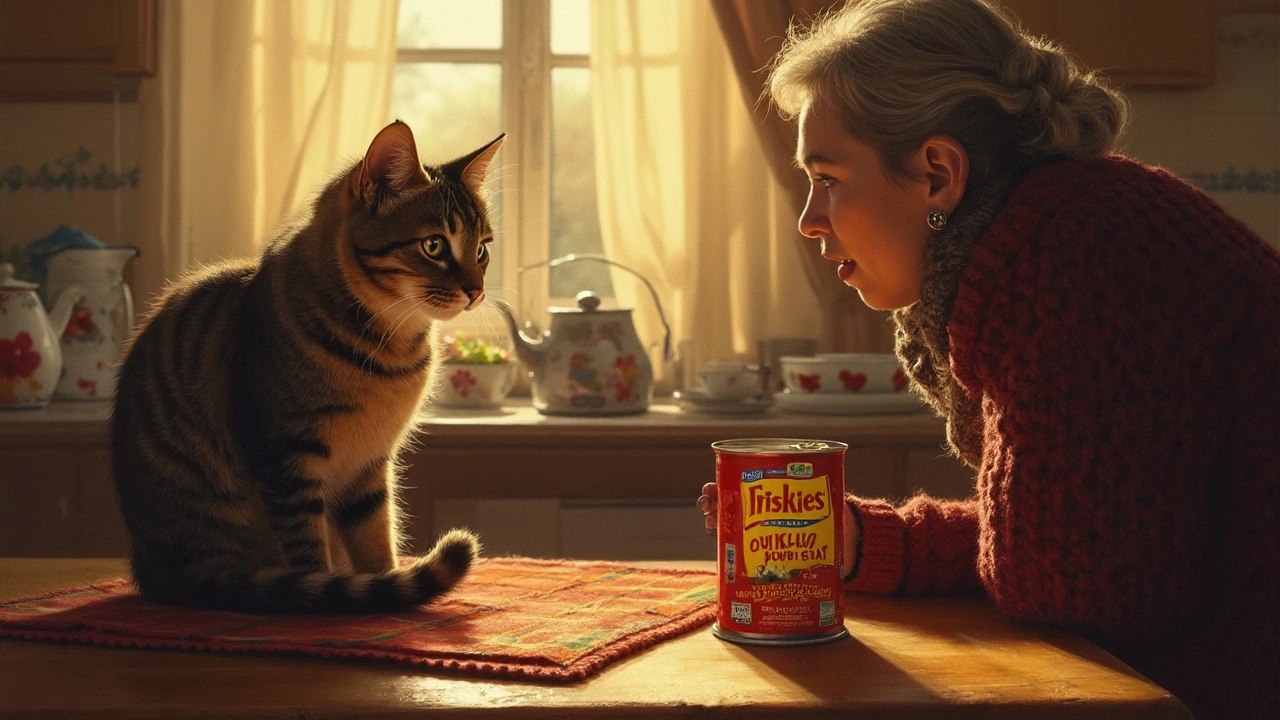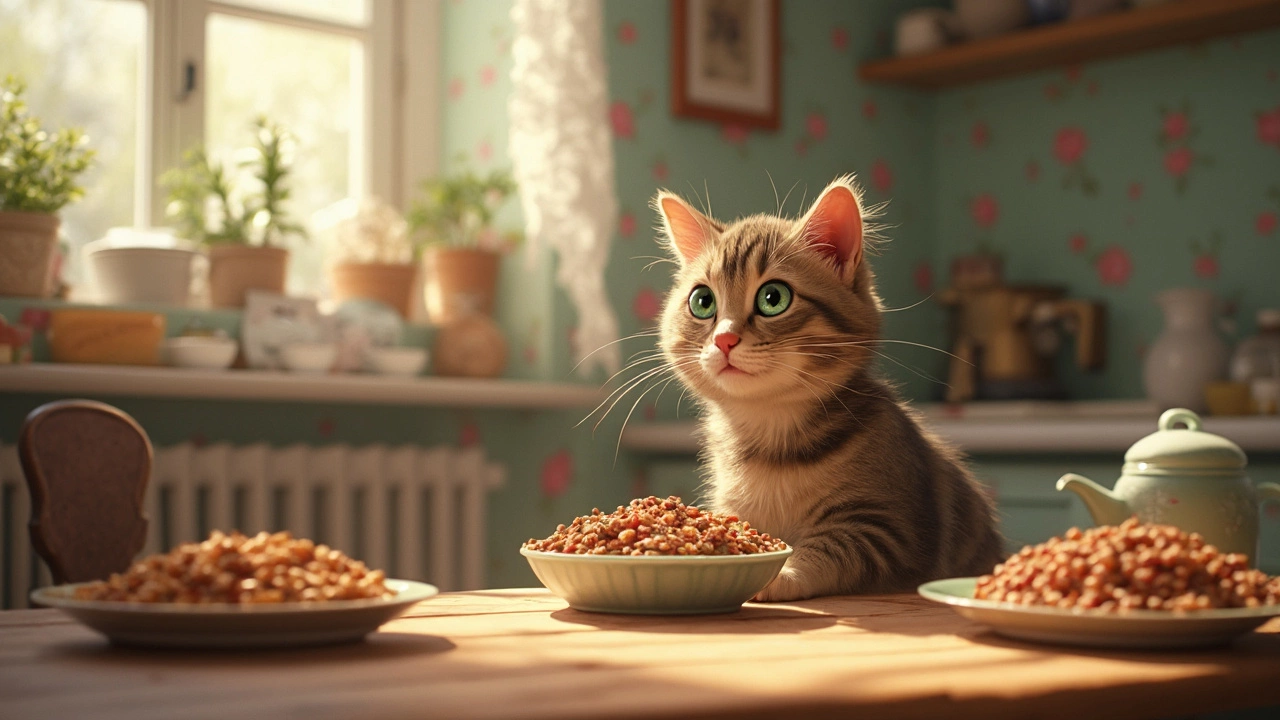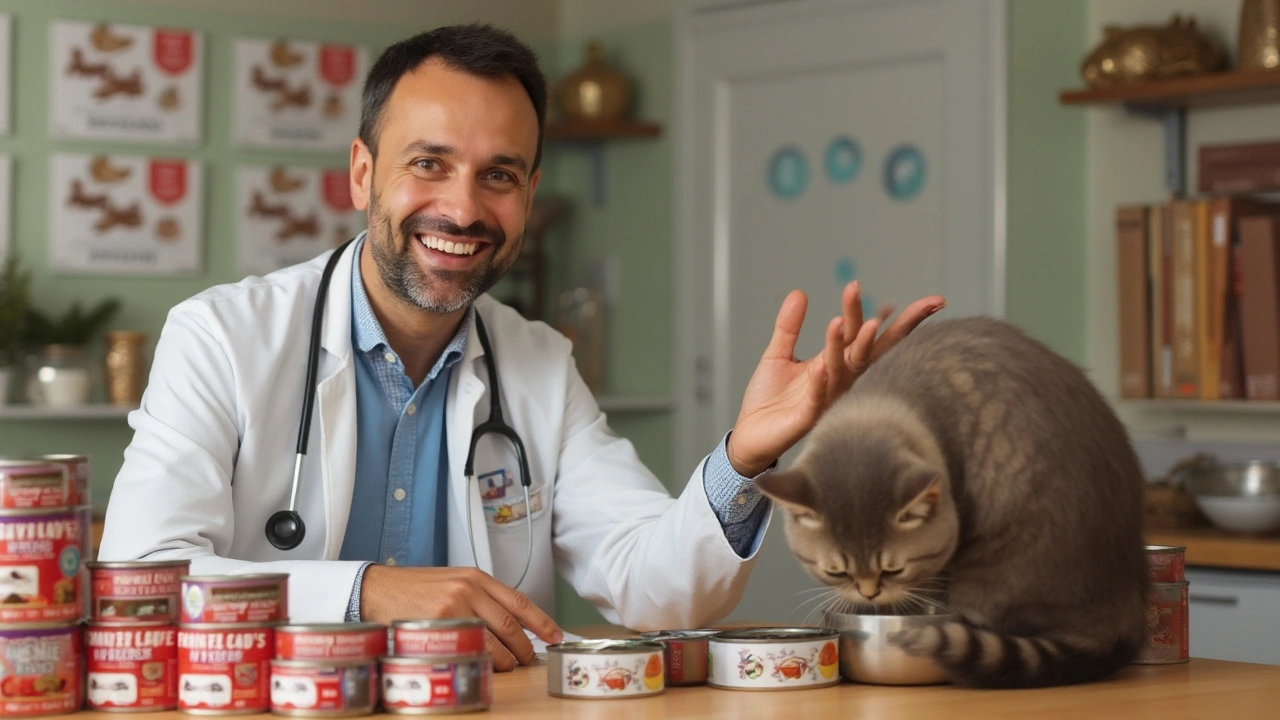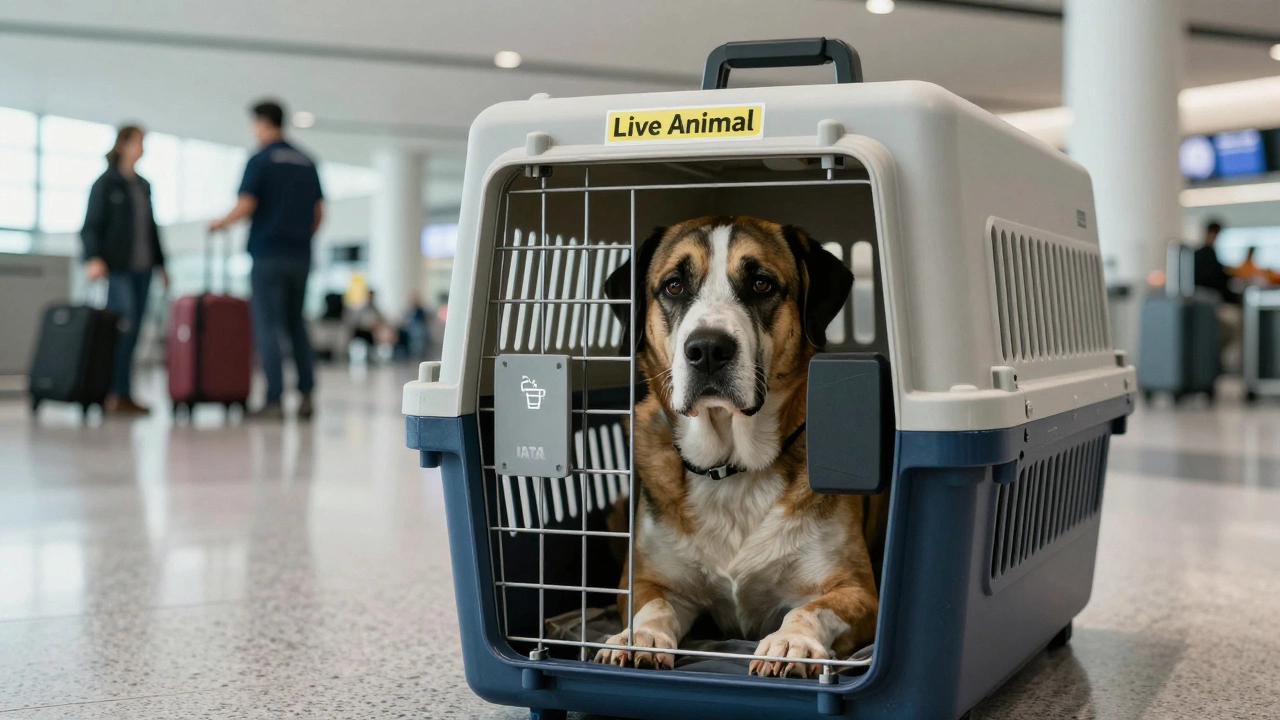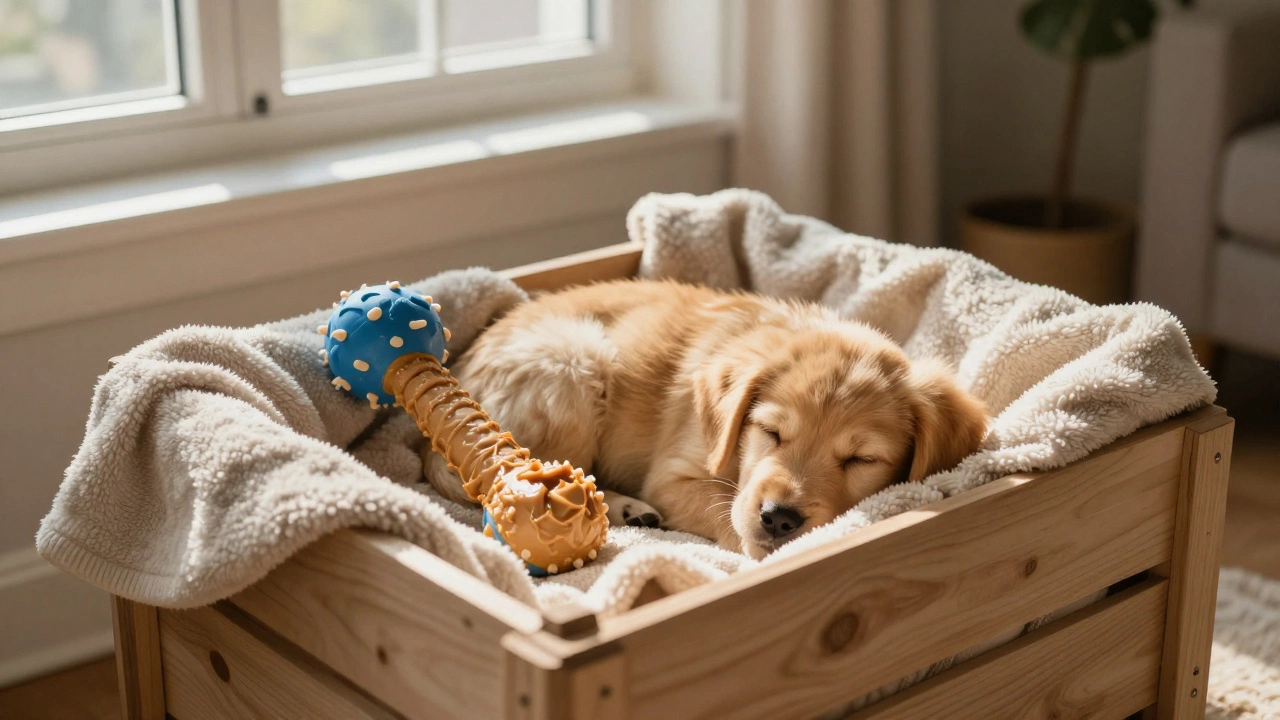One can of cat food a day might sound simple, but does it really fit your cat’s needs? The numbers on the label give you a starting point, but they don’t tell the whole story. Most average-sized adult cats weigh between 8 and 10 pounds, and their daily calorie needs can range from 180 to 250 calories. A single 5.5-ounce can of Friskies usually packs around 150-160 calories, which isn’t always a perfect match for most cats.
If your cat spends the entire day indoors and barely moves, one can might be close to enough. But a playful or bigger cat likely needs more. And if you’ve got a chunky little gremlin lounging on your sofa, feeding less might be in order. The can itself isn’t magic—your cat’s activity level, age, and health all matter.
Bottom line: feeding your cat is not a one-size-fits-all job. You need to consider your cat’s real hunger, not just what the can says. Pay attention to their body and behavior instead of just sticking to the rule on the label.
- How Much Food Does a Cat Actually Need?
- What’s Inside a Can of Friskies?
- What Factors Change Your Cat’s Needs?
- Signs Your Cat Needs More (or Less) Food
- Tips for Cats with Special Diets
- Getting the Portion Right: Real-World Advice
How Much Food Does a Cat Actually Need?
Feeding your cat isn’t as simple as cracking open a can and calling it a day. The amount a cat needs depends on their size, age, activity level, and whether they’re fixed or still intact. Most adult cats who aren’t super active need somewhere between 20 and 30 calories for each pound they weigh, every day. So, if your cat tips the scale at 10 pounds, they’ll want about 200 to 300 calories daily. Age and health change this number—kittens need more because they’re growing like weeds, and senior cats might need less since they’re slowing down.
Here’s a quick look at calorie needs for different cats:
| Cat Type | Weight | Calories Needed/Day |
|---|---|---|
| Average Adult (Indoor) | 8-10 lbs | 180-250 |
| Kitten (Growing) | 2-6 lbs | 200-300+ |
| Active/Outdoor Adult | 8-12 lbs | 250-350 |
| Senior (Less Active) | 8-10 lbs | 150-200 |
Don’t forget, every cat is unique. Some will burn through calories fast (looking at you, hyperactive kittens) while others who nap all day need less. And while one can of cat food might seem enough, check the exact calorie content on the label. Not all cans are created equal—Friskies’ classic paté might have fewer calories than a chunkier option.
- If your cat finishes every meal and begs for more, they could need a bigger portion or an extra can.
- If they leave food behind every time, you’re probably offering too much.
- Watch their weight—if they gain or lose noticeably, adjust portions before it turns into a health problem.
A food scale or measuring cup helps take the guesswork out. Just measure your cat’s meal once a day and keep tabs on their body shape—ribs shouldn’t be poking out, but you shouldn’t need to dig through layers of flab to find them either.
What’s Inside a Can of Friskies?
Crack open a can of Friskies and you’ll spot a familiar smell and texture, but what’s really in there? The basics: meat by-products (like chicken or beef), water for processing, plus some grains like rice or corn, and added vitamins and minerals. You’ll also see fish or poultry listed pretty often, depending on the recipe. The ingredients list is long, but the main thing is that protein comes first since cats need it for muscle and energy.
Each can of Friskies contains about 150 to 160 calories for the typical 5.5-ounce can. That’s a key number to remember when feeding your cat, especially if you’re checking if one can per day fits their needs.
To make sure your cat gets complete nutrition, Friskies packs in:
- Animal protein: Sourced from meat by-products, chicken, turkey, beef, or fish—vital for cat health.
- Water: Wet cat food keeps cats hydrated, especially if they don’t drink much on their own.
- Carbohydrates: Comes from grains like corn or rice, used for energy (though cats don’t need tons of carbs).
- Fats: For a shiny coat and overall energy.
- Vitamins and minerals: Stuff like taurine (super important for vision), B vitamins, calcium, and iron are added to balance things out.
One cat food myth is that all wet food is the same, but the specific nutrients and protein amounts do differ depending on the flavor. Always check the label if your cat has certain health needs or allergies. Adjust flavors or formulas if you spot anything that causes a tummy upset or skin problems.
What Factors Change Your Cat’s Needs?
Your cat’s food requirements aren’t set in stone. The calories your cat needs shift over time, and it all boils down to a few big factors—age, weight, activity, and special health concerns. Feeding your cat the same amount every day without checking these things is like trying to buy shoes without looking at the size.
- Age: Kittens grow fast and burn loads of energy. They usually need about twice as many calories per pound compared to adult cats. Seniors, on the other hand, might need fewer calories or, if their metabolism slows, special diets for kidney or thyroid health.
- Weight: If your cat’s looking a bit round, extra portions are a no-go. Overweight cats have higher risks for diabetes and joint problems, so cutting back on food and tracking weight regularly can save headaches later.
- Activity Level: My cat Finnian turns into a blur every evening, racing around the house. If your cat’s active like that, more fuel is needed. Couch potatoes, however, need fewer calories to avoid gaining weight.
- Medical Issues: Cats with diabetes or thyroid problems sometimes eat differently than healthy cats. Always ask your vet before changing anything in these cases.
- Spayed or Neutered Cats: After surgery, cats usually need about 20-30% fewer calories. If you don’t adjust their portions, watch out for sneaky weight gain.
To give you an idea of how calorie needs stack up, check out this table:
| Cat Type | Weight (lbs) | Calories per Day (approx.) |
|---|---|---|
| Kitten (4-6 months) | 4 | 200 |
| Adult Indoor (average activity) | 8 | 200 |
| Adult Outdoor (high activity) | 8 | 250-300 |
| Senior | 8 | 160-180 |
Bottom line: Keep an eye on your cat’s body and routine. If they’re gaining weight or scarfing down food insanely fast, you’ll need to tweak the amount, not blindly stick to one can of cat food a day. Your best bet is to adjust often, and if in doubt, snap a photo of your cat and ask your vet for advice. They’ve seen it all.

Signs Your Cat Needs More (or Less) Food
Figuring out if your cat is getting the right amount of food isn’t just about following the guidelines on the can. You’ve got to keep an eye on their body, energy, and habits day-to-day. Cats aren’t shy about telling you when they’re hungry or overfed—you just have to know what to look for.
Common signs your cat isn’t getting enough food:
- They start begging or meowing for food way before mealtime.
- Noticeable weight loss or ribs and spine are easily felt.
- Lack of energy—your cat might act lazy or seem tired all the time.
- Thinner stools or more frequent hairballs (sometimes a sign of not enough nutrients).
- Always sniffing around the kitchen or trash, hunting for extra bites.
On the flip side, too much food shows up differently:
- Weight gain—no surprise there. If their belly sags or you can’t feel their ribs, that’s a sign.
- Lethargy and napping even more than usual.
- Greasy, dandruffy fur (often seen in overweight cats who stop grooming well).
- Extra stinky or more frequent poops—they’re eating more than they can use.
Here’s a quick look at key signs, so you don’t have to guess:
| Sign | Too Little Food | Too Much Food |
|---|---|---|
| Body condition | Ribs visible or easy to feel | Can’t feel ribs, sagging belly |
| Behavior | Constant hunger, food-seeking | Lethargic, not as playful |
| Coat | Dull, poor quality | Oily, dandruffy |
| Stool | Small, dry, maybe more hairballs | Large, frequent, extra smelly |
Each cat’s needs are a little different. If you spot several signs from one column, it might be time to adjust the portion size of your cat food—not just stick to a single can no matter what.
If you’re unsure, grab your cat and do a quick body check. Can you feel ribs easily but not see them? That’s usually the healthy spot. Still stumped? A quick chat with your vet is always worth it for peace of mind.
Tips for Cats with Special Diets
Feeding cats with special needs can get tricky fast. Whether your cat is diabetic, has food allergies, or just needs to watch their weight, you’ll want to be extra thoughtful about every meal—especially when you’re considering something like an average can of Friskies.
First off, always read the vet’s recommendations before making any big changes. Some cats need more protein, others need their calories cut down. And conditions like kidney disease or diabetes can completely change what’s safe or healthy for them.
- cat food options like Friskies are not always made for cats who require extra careful meals. Always check the label for protein, fat, and carb content. Grain-heavy foods or those with too many fillers can be a problem if your cat is sensitive.
- If your cat needs low-phosphorus food due to kidney issues or a low-carb diet for diabetes, you’ll need to check numbers closely. Wet foods tend to have fewer carbs than dry food, but not all brands are equal.
- For allergy-prone cats, look for limited-ingredient or hypoallergenic foods. Common triggers include chicken, beef, and wheat fillers—three things found in a lot of cheap canned foods.
- If your cat is put on a prescription diet, it’s usually best to stick with what your vet gives you—even if it's pricier than the supermarket brands.
Let’s get real with some numbers. Here’s a table comparing typical nutrition in a standard Friskies can versus common prescription diets:
| Type | Calories (per 5.5 oz can) | Protein (%) | Carbs (%) | Phosphorus (mg/100kcal) |
|---|---|---|---|---|
| Friskies Classic Pâté | 156 | 10 | 4 | 240 |
| Hill's c/d (urinary food) | 165 | 9 | 8 | 160 |
| Purina DM (for diabetes) | 168 | 11 | 2 | 200 |
Adjust your cat’s canned food servings based on your vet’s advice. Don’t free-feed, especially if your cat is on a special plan. If you need to change foods, do it slowly over five to ten days to avoid stomach problems. And always keep an eye on mood, stool, and appetite—these are usually the first signs if something’s not right.
Getting the Portion Right: Real-World Advice
Getting your cat’s meal size spot-on isn’t just good for their waistline—it helps keep them healthy and happy every day. If you’ve been eyeballing it or strictly following the back of the can, there’s a better way to make sure you’re really getting it right.
First, check your cat’s weight. Most adult indoor cats should hover around 8-10 pounds. Too skinny? Up the food a bit. Getting chunky? Trim it down. Your cat’s body shape matters more than the number on the scale. Here’s an easy table to size things up:
| Weight (lbs) | Activity Level | Suggested Daily Calories | Approx. Friskies Cans |
|---|---|---|---|
| 6 | Low | 150 | 1 |
| 8 | Moderate | 200 | 1.25-1.5 |
| 10 | High | 250+ | 1.5-2 |
One of the biggest mistakes folks make is not adjusting when life changes. Say your cat moves less in winter, or gets older and settles down. Drop a bit off the portion to match. If kitty is bouncing off the walls or chasing everything that moves, that’s a sign they might need a little more on their plate.
- Feed regular meals—don’t just fill the bowl when it’s empty. Split it into two or three meals per day.
- Measure food with a kitchen scale or a consistent scoop, especially when trying to maintain weight.
- If you feed dry kibble too, subtract those calories from the daily total. Don’t double feed.
- Always give fresh water. Cats that eat mostly canned food still need a water dish around.
Here’s something people miss all the time: check your cat’s body condition score (BCS) every couple of weeks. If you can feel ribs easily but can’t see them, your cat is likely fit. If ribs are covered by fat, portions are probably too big. If bones stick out, time for more grub.
And don’t just stare at the numbers! Look at how your cat acts. Are they wolfing down food in seconds? Begging all day? Maybe they need more. Ignoring food? Try backing off a bit or check with a vet if it continues.
The biggest takeaway: your cat isn’t eating based on what the can says, but based on what their body actually needs. Pay attention, make small tweaks, and you’ll figure out the right routine—because cat food isn’t really a ‘one-can-fits-all’ deal for anyone.

